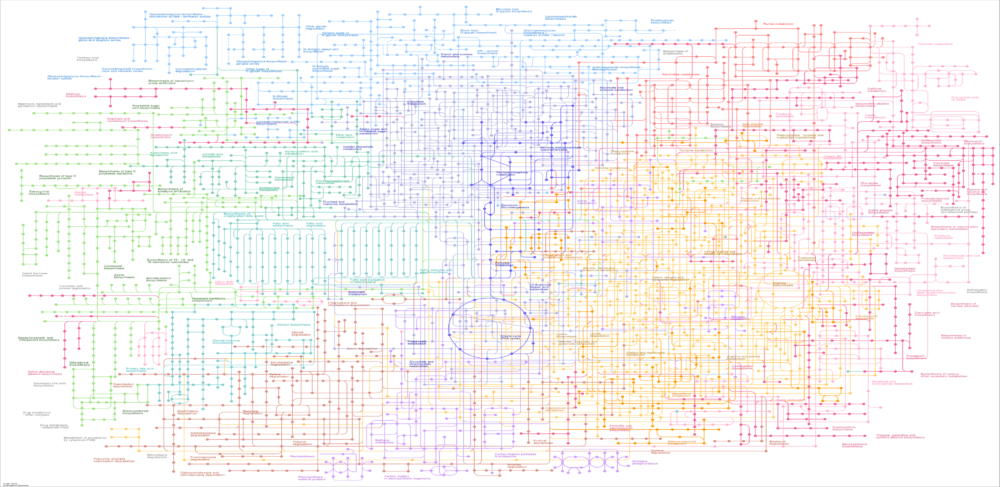Dynamic Flux Balance Modeling Creates Fermentation Process Value
Flux Balance Analysis (FBA) has proven to be a very valuable tool for predicting microbial metabolism. However, FBA neglects dynamic process behavior and does not provide predictions of extracellular variables. Both these capabilities are critical for fermentation process modeling.
Dynamic flux balance modeling is a powerful extension that combines steady-state cell metabolism with extracellular dynamics to allow realistic simulations of fermentation processes. A dynamic flux balance model consists of a genome-scale reconstruction of strain metabolism, uptake kinetics for limited nutrients such as carbon sources and electron acceptors, and differential equations for the extracellular concentrations of biomass, limited nutrients and secreted products.
The Dynamic Flux Balance Analysis (DFBA) framework is extremely flexible by allowing different metabolic reconstructions, complex nutrient uptake kinetics, both liquid- and gas-phase dynamics, and even spatial variations to be captured. DFBA can be used to simulate pure cultures and mixed cultures in which strains compete for nutrients and possibly crossfeed byproducts as illustrated in our recent paper on engineered biofilms for cellobiose-to-isobutanol conversion.

Please contact us if you would like to learn more about our tools and capabilities for dynamic flux balance modeling of your microbial fermentation process.

